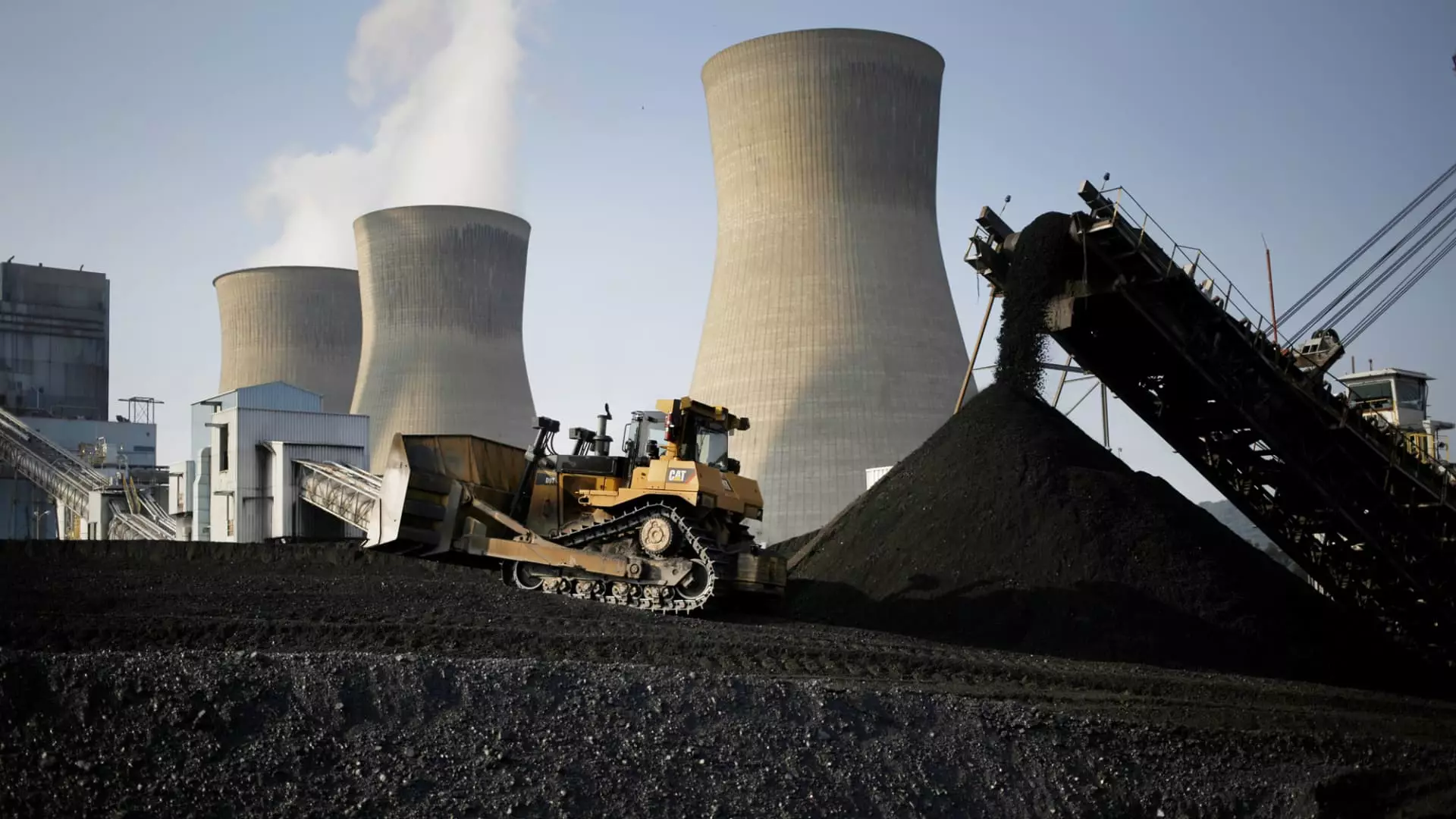The recent announcement regarding the planned restart of the Three Mile Island nuclear plant represents a pivotal moment for the United States’ energy strategy. As the world increasingly grapples with climate change and energy demands, nuclear power stands out as a uniquely potent solution. Mike Goff, the acting assistant secretary for the Office of Nuclear Energy within the Department of Energy, emphasized the urgent need for the U.S. to significantly expand its nuclear capabilities. According to him, tripling the current nuclear fleet is essential for meeting rising electricity demands while simultaneously curbing carbon emissions and bolstering energy security.
Presently, the U.S. boasts the most extensive nuclear fleet globally, composed of 94 operational reactors generating approximately 100 gigawatts of power. This fleet accounted for over 18% of the nation’s electricity consumption in 2023. The bold assertion made by Goff is clear: to meet the anticipated rise in demand, the United States must add an additional 200 gigawatts, essentially requiring the construction of approximately 200 new nuclear plants based on current reactor sizes.
Restarting facilities like Three Mile Island is merely a fraction of what is needed to bridge this gap. The reality is stark: only a few nuclear plants have been shuttered with enough potential for restarts. Goff’s remarks highlight the pressing need for new reactor development in tandem with the revival of existing facilities. While restarting old reactors like the one at Three Mile Island (notably, the reactor involved in the 1979 incident was not the one slated for reopening) is one part of the equation, it cannot replace the urgency of deploying new plants to the grid.
A significant game changer in this energy equation is the surge in demand from large-scale data centers, which often require consistent power supply. Companies like Microsoft, which intends to source electricity from the Three Mile Island plant, drive home the point that reliable, clean power sources are essential in an increasingly electrified economy.
Interestingly, the transition from coal to nuclear can harness existing infrastructure to facilitate nuclear developments. The imminent retirement of coal plants across the nation offers a strategic opportunity to repurpose these sites for new nuclear development. A recent Department of Energy study indicates that the U.S. could implement up to 174 gigawatts of new nuclear power at current and former coal sites across 36 states.
These sites offer built-in advantages, such as existing transmission lines, which can significantly reduce the logistical challenges associated with nuclear construction. Furthermore, the workforce accustomed to coal energy production provides a reservoir of talent that could smoothly transition to nuclear roles. Goff highlighted that this transition could yield substantial cost savings, estimating potential reductions of up to 30% compared to new builds on untouched land.
Despite the promising landscape, several challenges persist in expanding the nuclear fleet. Historical ventures, like the Vogtle plant expansion in Georgia, demonstrated the reality of cost overruns and project delays. Such developments underscore the need for a robust framework to ensure timely and cost-effective construction of new reactors.
A strategic fusion of both operational and retired sites can open the way for up to 269 gigawatts of additional nuclear generation capacity, dependent on the choice of reactor sizes, be they larger gigawatt-strong reactors or smaller, advanced designs still in development. With increasing electricity demands driven by industrial growth and a shift toward an electrified economy, the timing could not be more crucial.
The energy narrative is shifting, largely due to recent legislative developments like the Inflation Reduction Act. Support for nuclear energy is gaining traction as its role in providing consistent, carbon-free electricity becomes clearer. Goff notes that past economic challenges stemmed from undervaluing clean, baseload energy sources; however, this perception is rapidly evolving.
The initiation of projects like the restart of the Three Mile Island facility parallels other efforts, most notably the planned resurgence of the Palisades nuclear plant in Michigan. Both projects, pending the requisite approvals from the Nuclear Regulatory Commission, reflect a growing industry confidence in transitioning toward a more robust nuclear infrastructure.
As the journey toward sustainable energy progresses, leveraging nuclear power becomes not just beneficial but imperative. While reactor restarts represent a vital step, they form only one part of a broader, necessary commitment to nuclear energy expansion. The future of America’s energy landscape hinges on the ability to adapt, invest, and develop new facilities, securing a cleaner, reliable energy future for generations to come. Understanding and action are crucial as the nation embraces the potential of nuclear energy in an age where predictions of electricity demands continue to rise relentlessly.

